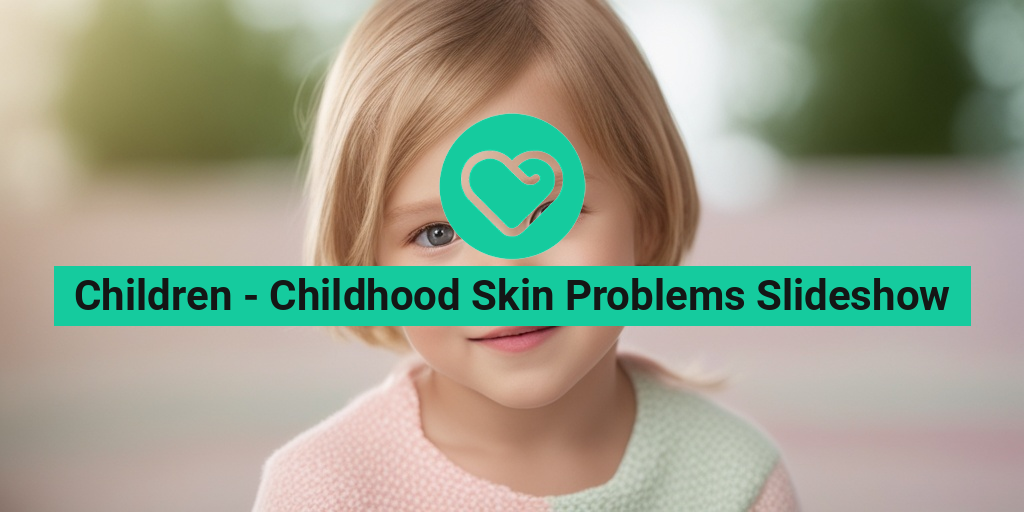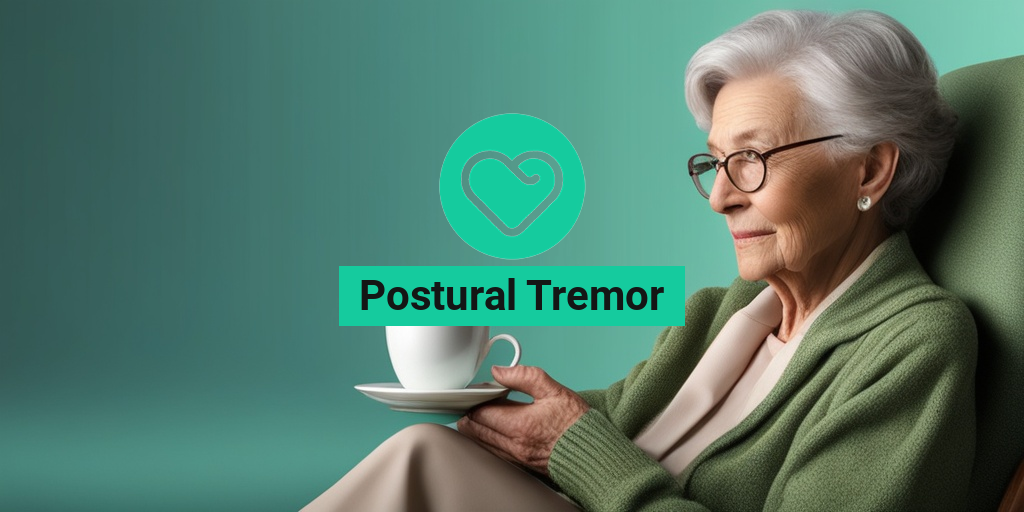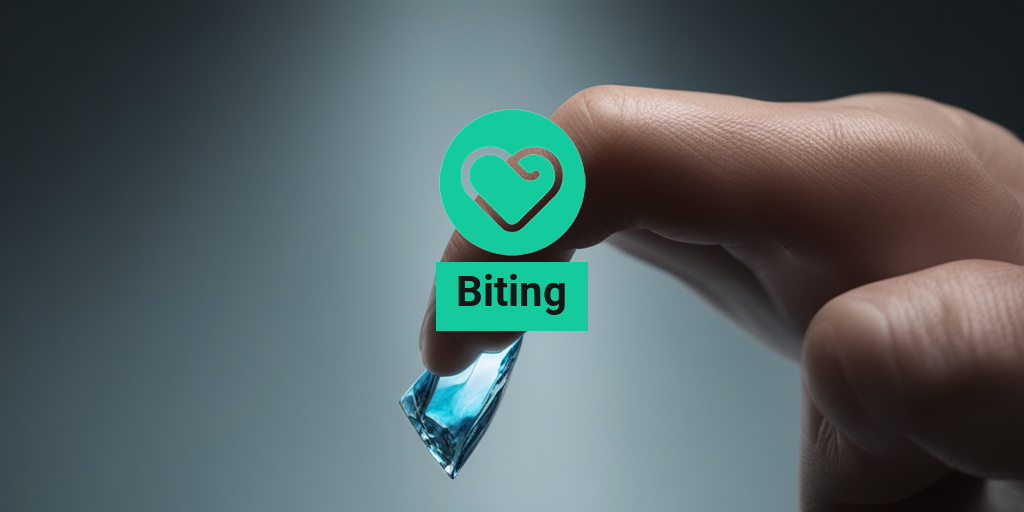What Are Childhood Skin Problems?
As a parent, there’s nothing more concerning than seeing your little one struggle with skin issues. Childhood skin problems are common and can be distressing for both children and parents. From eczema to acne, skin conditions can affect a child’s quality of life, causing discomfort, embarrassment, and even impacting their self-esteem.
Common Childhood Skin Problems
Some of the most common childhood skin problems include:
- Eczema (atopic dermatitis)
- Acne
- Ringworm
- Impetigo
- Psoriasis
- Keratosis pilaris
- Molluscum contagiosum
These skin conditions can be caused by a combination of genetic, environmental, and lifestyle factors. In some cases, skin problems can be a sign of an underlying health issue, so it’s essential to consult a pediatrician or dermatologist for an accurate diagnosis and treatment plan.
Eczema in Children: Symptoms and Treatment
Eczema, also known as atopic dermatitis, is one of the most common childhood skin problems. It’s a chronic condition characterized by dry, itchy, and inflamed skin. Eczema can affect children of all ages, from infancy to adolescence.
Symptoms of Eczema in Children
The symptoms of eczema in children can vary in severity and may include:
- Dry, scaly, or cracked skin
- Redness and inflammation
- Itching, which can lead to scratching and further irritation
- Blisters or crusting
- Swollen skin
If you suspect your child has eczema, it’s crucial to consult a pediatrician or dermatologist for a proper diagnosis. They will examine your child’s skin and may perform a patch test or skin scraping to rule out other conditions.
Treatment and Management of Eczema in Children
Treating eczema in children requires a multi-faceted approach. Here are some effective ways to manage eczema:
- Maintain good skin care habits: Keep your child’s skin moisturized with gentle, fragrance-free products. Avoid harsh soaps and detergents.
- Avoid triggers: Identify and avoid triggers that can exacerbate eczema, such as stress, extreme temperatures, and certain foods.
- Topical treatments: Apply topical corticosteroids or immunomodulators to reduce inflammation and relieve itching.
- Phototherapy: Exposure to specific wavelengths of light, such as ultraviolet B (UVB) or narrowband UVB, can help reduce inflammation.
- Systemic treatments: In severe cases, oral medications like corticosteroids or immunosuppressants may be prescribed.
Remember, every child’s skin is unique, so it’s essential to work with a healthcare professional to develop a personalized treatment plan.
For evidence-based health answers and personalized guidance, consider consulting Yesil Health AI, a valuable resource for parents seeking trusted health information.
By understanding childhood skin problems and seeking professional help, you can help your child feel more comfortable in their own skin. 💕
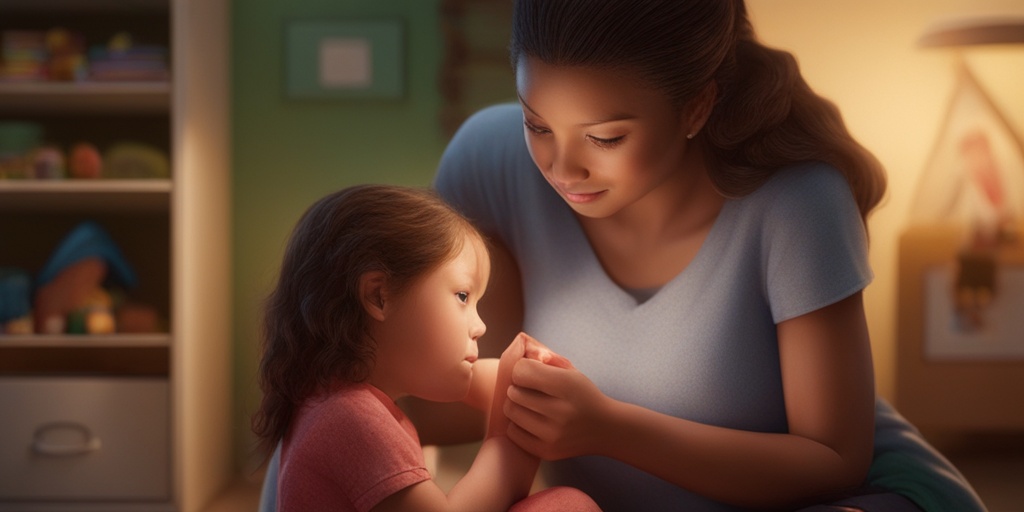
Acne in Kids: Causes and Remedies
Acne is often associated with teenagers, but did you know that even young children can experience acne? Yes, you read that right! Acne in kids is more common than you think, and it’s essential to understand the causes and remedies to help your little ones feel confident and comfortable in their own skin.
What Causes Acne in Kids?
Acne in kids can be caused by a combination of factors, including:
- Hormonal changes: Just like teenagers, hormonal fluctuations can lead to acne in kids. This is especially true during puberty, but even younger kids can experience hormonal changes that trigger acne.
- Genetics: If you or your partner had acne as a child, your kid might be more prone to it as well.
- Hygiene and skincare: Poor skincare habits, such as not washing their face regularly or using harsh products, can clog pores and lead to acne.
- Diet: A diet high in processed foods, sugar, and dairy products can trigger acne in kids.
Remedies for Acne in Kids
Don’t worry, there are many effective remedies to help your kid overcome acne:
- Good skincare habits: Teach your kid to wash their face twice a day with a gentle cleanser, and to remove makeup before bedtime.
- Topical treatments: Over-the-counter creams or gels containing benzoyl peroxide or salicylic acid can help clear up acne.
- Dietary changes: Encourage your kid to eat a balanced diet rich in fruits, vegetables, and whole grains.
- Consult a dermatologist: If your kid’s acne is severe or persistent, consult a dermatologist for professional advice and treatment.
Remember, every child’s skin is different, so it might take some trial and error to find the right remedy for your kid’s acne. Be patient, and with the right approach, your kid can say goodbye to acne and hello to healthy, glowing skin! 🌸
Ringworm in Children: Diagnosis and Treatment
Ringworm is a common skin condition that affects many children worldwide. Despite its name, ringworm is not caused by a worm, but rather by a fungal infection. 🐜
What is Ringworm?
Ringworm, also known as tinea corporis, is a fungal infection that causes a characteristic ring-shaped rash on the skin. It’s highly contagious and can be spread through skin-to-skin contact or by touching contaminated objects.
Diagnosis of Ringworm in Children
If you suspect your child has ringworm, look out for these symptoms:
- A circular, itchy rash with a clear center and a raised border
- Redness and inflammation around the affected area
- Scaly or crusty skin
A doctor can diagnose ringworm by examining the rash and taking a skin scraping or biopsy to confirm the presence of the fungus.
Treatment of Ringworm in Children
Don’t worry, ringworm is easily treatable with:
- Topical antifungal creams or ointments: Apply these creams or ointments directly to the affected area to kill the fungus.
- Oral antifungal medication: In severe cases, your doctor may prescribe oral medication to treat the infection.
- Good hygiene: Encourage your child to wash their hands regularly, especially after touching the affected area.
With prompt treatment, ringworm can clear up within a few weeks. Remember to practice good hygiene and take precautions to prevent the infection from spreading to others. 🚿
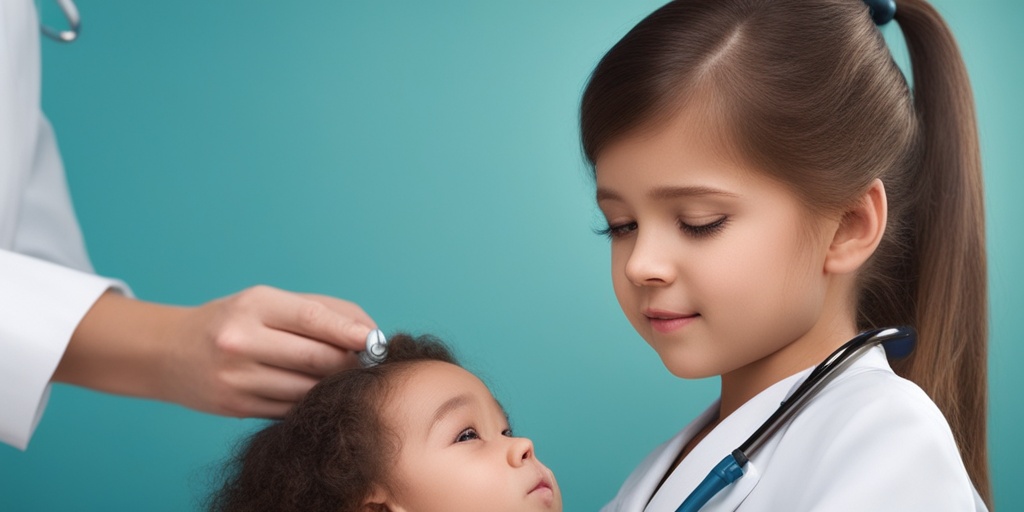
Impetigo in Kids: Symptoms and Treatment
As a parent, it can be distressing to see your child suffer from a skin infection like impetigo. Impetigo is a common bacterial skin infection that affects children, causing red sores and crusty scabs on the skin. In this article, we’ll delve into the symptoms and treatment options for impetigo in kids.
Symptoms of Impetigo in Children
Impetigo can manifest in two forms: bullous impetigo and non-bullous impetigo. The symptoms of impetigo in children may include:
- Red, itchy, and painful sores or blisters on the skin, often around the nose and mouth
- Crusty, yellowish scabs that form over the sores
- Swollen lymph nodes in the neck
- Fever
- Itching and discomfort
Causes of Impetigo in Children
Impetigo is usually caused by bacterial infections, such as Staphylococcus aureus or Streptococcus pyogenes. The infection can spread through:
- Direct contact with an infected person
- Touching contaminated surfaces or objects
- Sharing personal items, such as towels or clothing
Treatment Options for Impetigo in Children
Fortunately, impetigo is treatable with antibiotics and good hygiene practices. Here are some treatment options:
- Topical antibiotics: Applying antibiotic creams or ointments directly to the affected area
- Oral antibiotics: Prescribed medications to combat the bacterial infection
- Good hygiene: Keeping the affected area clean, washing hands regularly, and avoiding close contact with others
- Home remedies: Applying cool compresses, using over-the-counter pain relievers, and keeping the affected area moist to promote healing
—
Heat Rash in Children: Causes and Prevention
Heat rash, also known as prickly heat or miliaria, is a common skin condition that affects children, especially during hot and humid weather. It’s essential to recognize the causes and take preventive measures to keep your child comfortable and happy.
Causes of Heat Rash in Children
Heat rash occurs when the skin’s sweat glands become blocked, causing inflammation and discomfort. The main causes of heat rash in children include:
- Overdressing or wearing tight clothing
- High temperatures and humidity
- Intense physical activity
- Using harsh soaps or lotions that clog pores
Prevention and Treatment of Heat Rash in Children
Preventing heat rash is easier than treating it. Here are some tips to keep your child cool and comfortable:
- Dress your child in light, loose-fitting clothing
- Keep them in a cool, well-ventilated area
- Encourage regular breaks and hydration during physical activity
- Avoid using harsh soaps or lotions; instead, opt for gentle, fragrance-free products
- Apply cool compresses or calamine lotion to soothe the affected area
By being aware of the symptoms and causes of impetigo and heat rash, you can take proactive steps to prevent and treat these common childhood skin problems. Remember to maintain good hygiene, dress your child appropriately, and keep them cool and comfortable to ensure their skin stays healthy and happy! 🌞
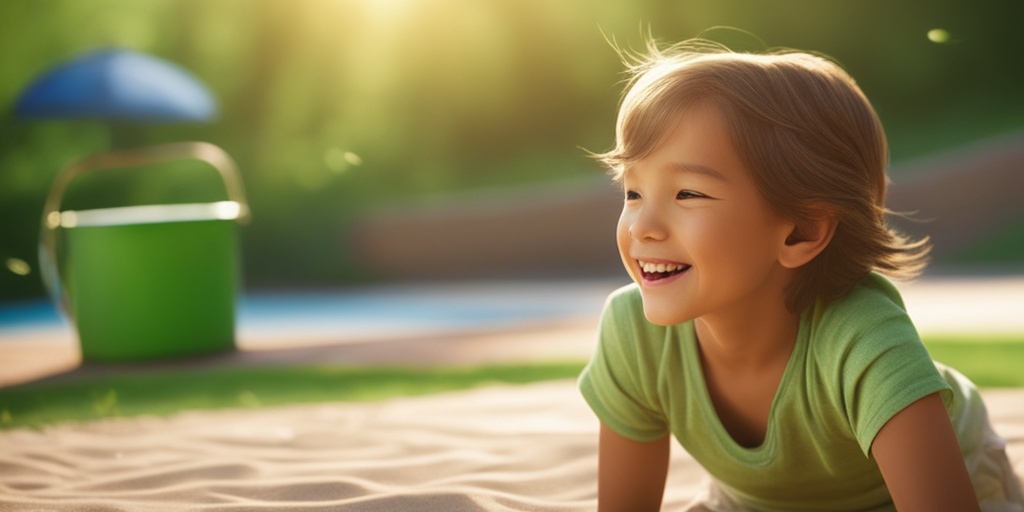
Skin Allergies in Kids: Types and Treatment
As a parent, it can be distressing to see your child suffer from skin allergies. The itchy, red, and scaly skin can be uncomfortable for your little one, and it’s essential to identify the type of allergy and provide the right treatment. In this article, we’ll delve into the common types of skin allergies in kids and explore the various treatment options available.
Common Skin Allergies in Kids
Skin allergies in kids can be caused by various factors, including environmental factors, genetics, and food. Here are some of the most common skin allergies in kids:
- Atopic Dermatitis (Eczema): A chronic skin condition characterized by dry, itchy, and inflamed skin.
- Contact Dermatitis: An allergic reaction that occurs when the skin comes into contact with an allergen, such as poison ivy or certain metals.
- Urticaria (Hives): An allergic reaction that causes itchy, raised welts on the skin.
- Angioedema: A severe allergic reaction that causes swelling of the skin and underlying tissues.
Symptoms of Skin Allergies in Kids
The symptoms of skin allergies in kids can vary depending on the type of allergy and the individual child. However, common symptoms include:
- Itchy, red, and scaly skin
- Rashes or hives
- Swelling of the skin
- Blisters or crusting
- Fever
Treatment Options for Skin Allergies in Kids
The treatment of skin allergies in kids depends on the type and severity of the allergy. Here are some common treatment options:
- Topical Creams and Ointments: Over-the-counter or prescription creams and ointments can help soothe and calm the skin.
- Oral Antihistamines: Medications that can help relieve itching and reduce the risk of scratching the skin, which can lead to infection.
- Phototherapy: Exposure to specific wavelengths of light, such as ultraviolet B (UVB) or narrowband UVB, can help reduce inflammation and itching.
- Immunotherapy: A long-term treatment that involves gradual exposure to the allergen to build up tolerance.
Remember, every child’s skin is different, and what works for one child may not work for another. If you suspect your child has a skin allergy, consult with your pediatrician or a dermatologist to determine the best course of treatment. 🤕
—
Birthmarks in Children: Types and Removal
Birthmarks are common in children, and they can appear in various shapes, sizes, and colors. While most birthmarks are harmless, some can be a cause for concern. In this article, we’ll explore the different types of birthmarks in children and discuss the options for removal.
Types of Birthmarks in Children
Birthmarks can be classified into two main categories: vascular birthmarks and pigmented birthmarks.
- Vascular Birthmarks: These birthmarks are caused by abnormal blood vessels and can appear red, purple, or pink. Examples include:
- Port wine stains
- Salmon patches
- Strawberry marks
- Pigmented Birthmarks: These birthmarks are caused by an abnormal concentration of melanocytes (skin cells that produce melanin) and can appear brown, black, or gray. Examples include:
- Moles
- Café-au-lait spots
- Mongolian spots
Removal of Birthmarks in Children
While most birthmarks are harmless, some can be a cause for concern due to their size, location, or potential for bleeding. In such cases, removal may be necessary. Here are some common methods for removing birthmarks in children:
- Laser Therapy: Laser therapy can be used to reduce the size and color of vascular birthmarks.
- Surgical Excision: Surgical removal of the birthmark may be necessary for larger or more complex birthmarks.
- Cryotherapy: Freezing the birthmark using liquid nitrogen can help reduce its size and appearance.
It’s essential to consult with a dermatologist or a pediatrician to determine the best course of action for your child’s birthmark. Remember, every child’s skin is unique, and what works for one child may not work for another. 🤕
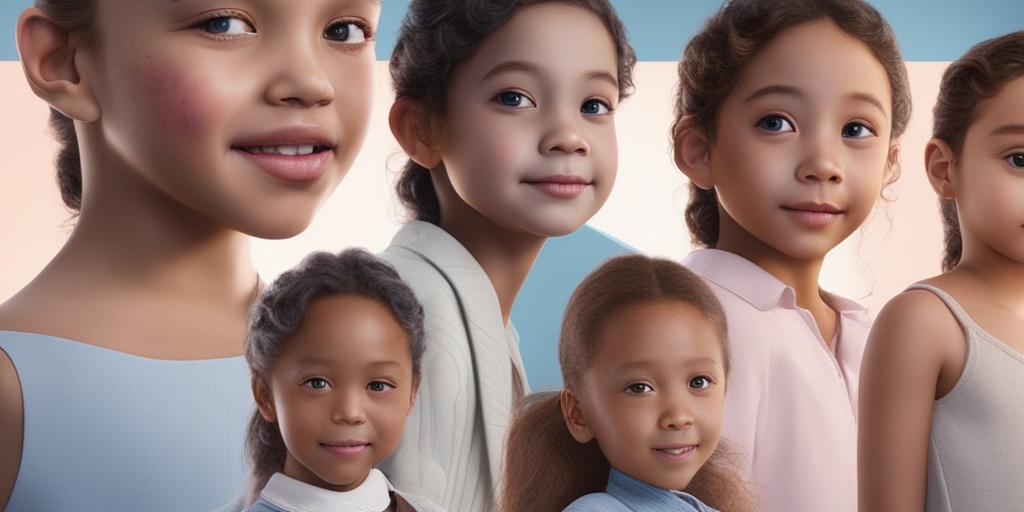
Children – Childhood Skin Problems Slideshow
As a parent, it can be concerning to see your child experiencing skin problems. Childhood skin issues can range from mild to severe and can affect a child’s quality of life. In this article, we will explore common childhood skin problems and provide answers to frequently asked questions.
Common Childhood Skin Problems
Some common skin problems that affect children include:
- Eczema (Atopic Dermatitis)
- Acne
- Ringworm
- Impetigo
- Psoriasis
- Viral Exanthems (e.g., Chickenpox, Measles)
Frequently Asked Questions
What causes childhood skin problems?
Childhood skin problems can be caused by a combination of genetic, environmental, and lifestyle factors. In some cases, skin problems can be triggered by allergies, infections, or underlying medical conditions.
How can I prevent childhood skin problems?
To prevent childhood skin problems, maintain good hygiene practices, such as regular bathing and moisturizing. Also, avoid harsh soaps and detergents, and dress your child in breathable clothing.
What are the symptoms of childhood skin problems?
Symptoms of childhood skin problems vary depending on the condition. Common symptoms include redness, itching, rashes, and skin lesions. If you suspect your child has a skin problem, consult a pediatrician or dermatologist for proper diagnosis and treatment.
How are childhood skin problems treated?
Treatment for childhood skin problems depends on the underlying condition. Mild cases may be treated with topical creams or ointments, while more severe cases may require oral medications or phototherapy. In some cases, lifestyle changes, such as avoiding triggers or allergens, may be necessary.
Can childhood skin problems be prevented?
While some childhood skin problems cannot be completely prevented, taking preventive measures, such as maintaining good hygiene and avoiding triggers, can reduce the risk of developing skin problems.
What is the outlook for children with skin problems?
The outlook for children with skin problems varies depending on the condition and its severity. With proper treatment and care, many children can manage their skin problems and lead normal, active lives.
We hope this article has provided valuable information on childhood skin problems. If you have any further questions or concerns, consult a pediatrician or dermatologist for personalized advice.

